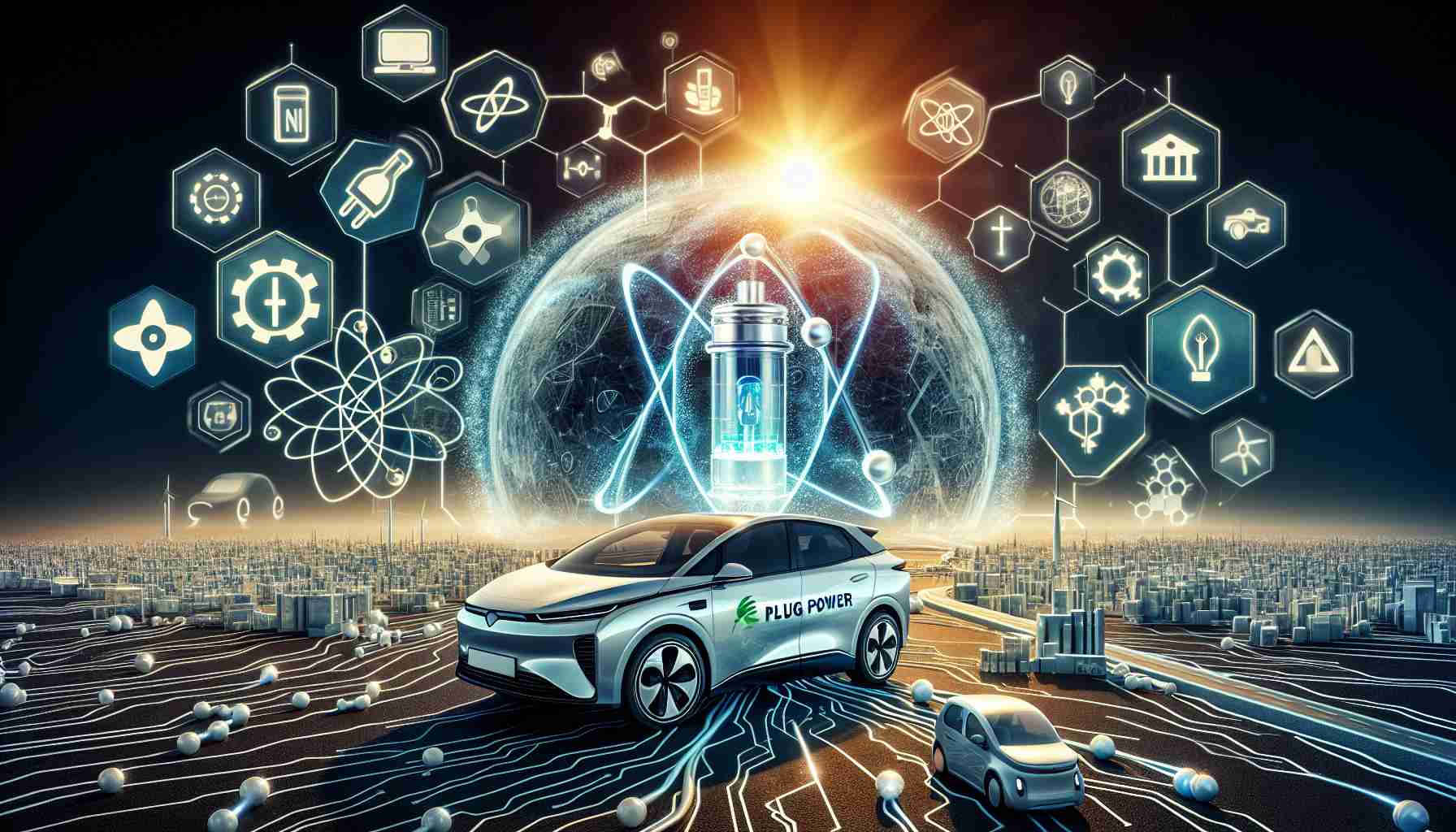The transition to renewable energy sources has positioned hydrogen power as a leading contender in the race for sustainable fuel alternatives. Utilizing methods like electrolysis powered by solar and wind energy, hydrogen can be produced, yielding only water as a byproduct when consumed. However, despite its promise as a clean energy source, many hydrogen companies encountered setbacks over the past decade, primarily due to high production costs and sluggish infrastructure development.
The economic landscape, while challenging, has recently begun to shift. With advancements in hydrogen technology and signs of easing inflation and interest rates, the financial feasibility of hydrogen projects is on the verge of improvement. Some industry experts predict significant growth in hydrogen fuel cells and vehicles in the coming years, suggesting that market participants should remain vigilant.
Among the companies poised to benefit are Plug Power and Nikola, both of which have faced hurdles but are strategically positioned for potential recovery. Plug Power, specializing in hydrogen fuel cells for warehouse operations, has witnessed recent revenue growth, bolstered by strategic acquisitions. Meanwhile, Nikola has introduced its hydrogen fuel-cell electric trucks, with optimistic projections for revenue increases as it reinvigorates its operations.
While these companies remain speculative, their commitment to innovation and infrastructure development in the hydrogen sector may serve as a springboard for future success, attracting investors looking for long-term opportunities in the clean energy arena.
FAQ Section:
What is hydrogen power?
Hydrogen power is a form of energy derived from hydrogen, which can be used as a clean fuel alternative. It is produced primarily through methods like electrolysis, where electricity (often from renewable sources like solar and wind) is used to separate hydrogen from water. The main byproduct of using hydrogen power is water vapor, making it a clean energy solution.
How is hydrogen produced?
Hydrogen is mainly produced through electrolysis, which requires electricity to split water into hydrogen and oxygen. Renewable energy sources, particularly solar and wind power, are increasingly being utilized to provide this electricity, further enhancing the sustainability of hydrogen production.
What are the challenges facing hydrogen companies?
Many hydrogen companies have experienced setbacks due to high production costs and slow development of necessary infrastructure. These challenges have hindered the broader adoption of hydrogen as a feasible alternative fuel source.
What is the outlook for hydrogen technology and companies involved in it?
The economic landscape for hydrogen technology is beginning to improve due to technological advancements and a more favorable economic environment with easing inflation and interest rates. Industry experts predict potential significant growth in hydrogen fuel cells and hydrogen-powered vehicles in the coming years.
Which companies are leading in the hydrogen sector?
Notable companies in the hydrogen sector include Plug Power and Nikola. Plug Power focuses on hydrogen fuel cells for warehouse operations and has seen revenue growth through strategic acquisitions. Nikola is developing hydrogen fuel-cell electric trucks and anticipates revenue increases as it revitalizes its operations.
Are hydrogen investments considered risky?
Yes, investments in hydrogen companies can be seen as speculative. However, these companies’ commitment to innovation and infrastructure development may present opportunities for long-term investors interested in the clean energy sector.
Key Terms and Definitions:
– Electrolysis: A process that uses electricity to split water into hydrogen and oxygen. It is a primary method for producing hydrogen, especially when powered by renewable energy.
– Hydrogen Fuel Cells: Devices that convert hydrogen and oxygen into electricity, with water as the only byproduct. They are used in various applications, including vehicles and stationary power generation.
– Infrastructure Development: The process of building the necessary facilities and systems to support a technology or industry, such as the networks for producing, storing, and distributing hydrogen fuel.
Suggested Related Links:
U.S. Department of Energy
Hydrogen Fuel News
GreenBiz
National Renewable Energy Laboratory
